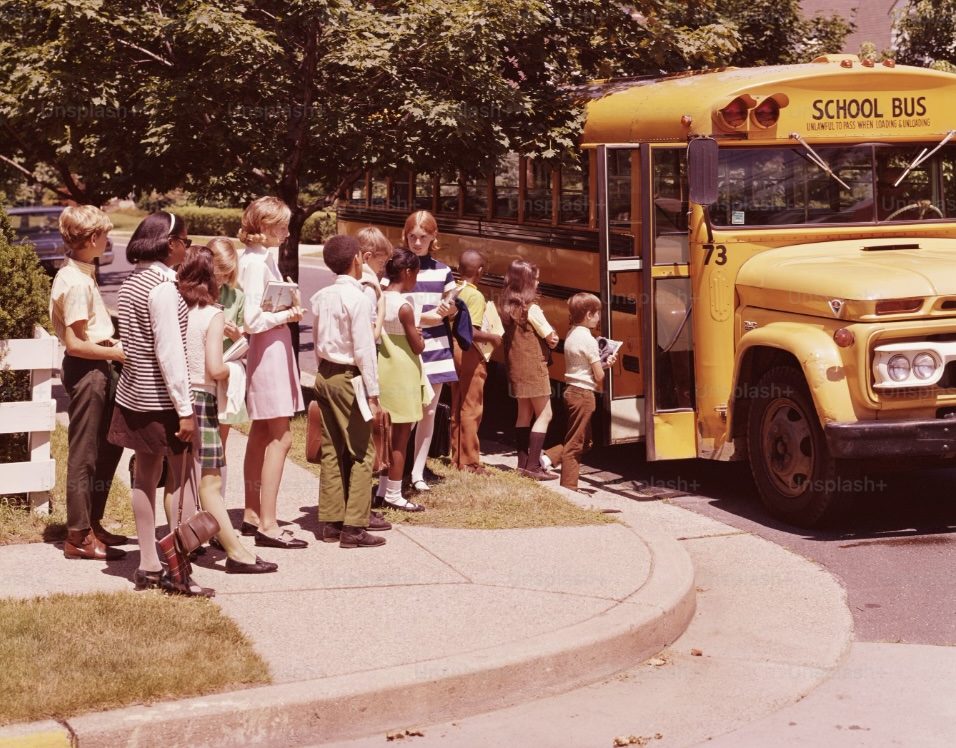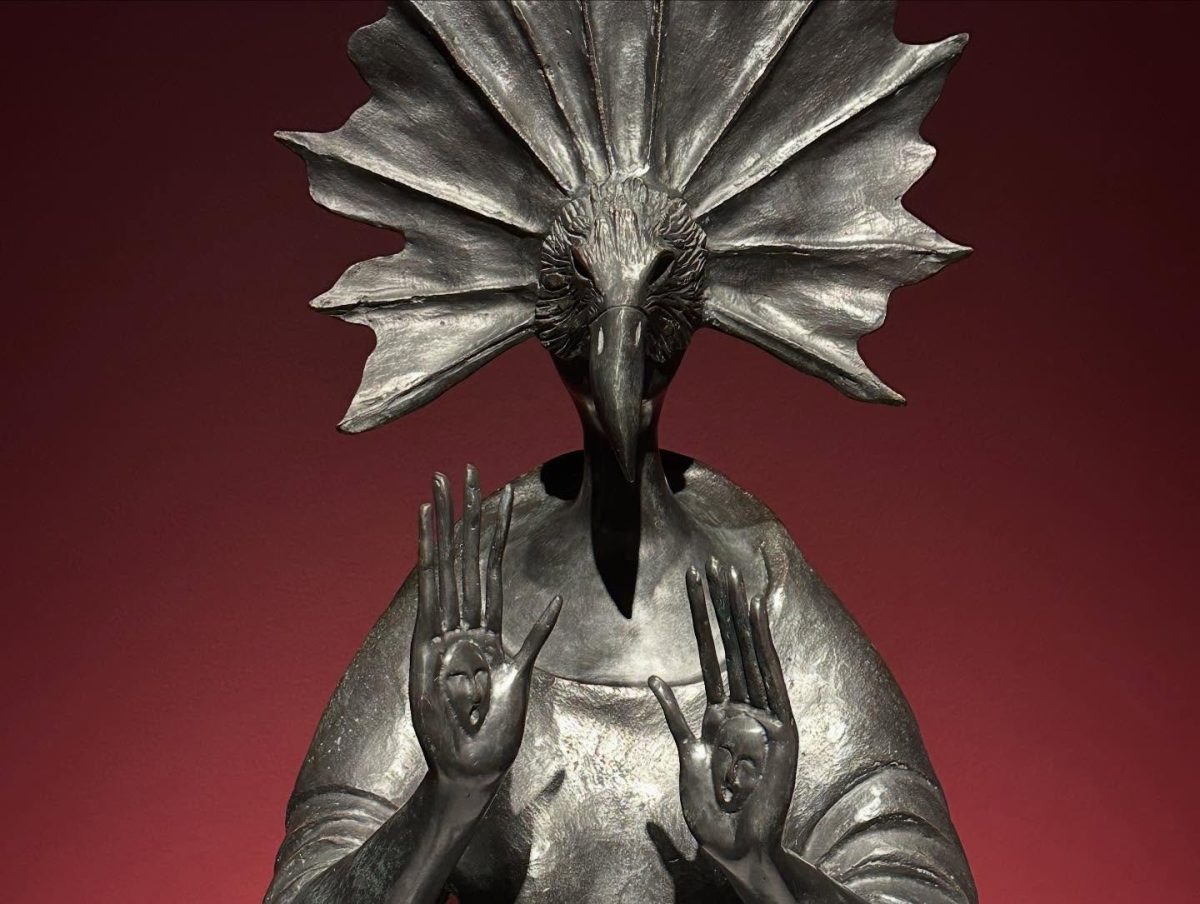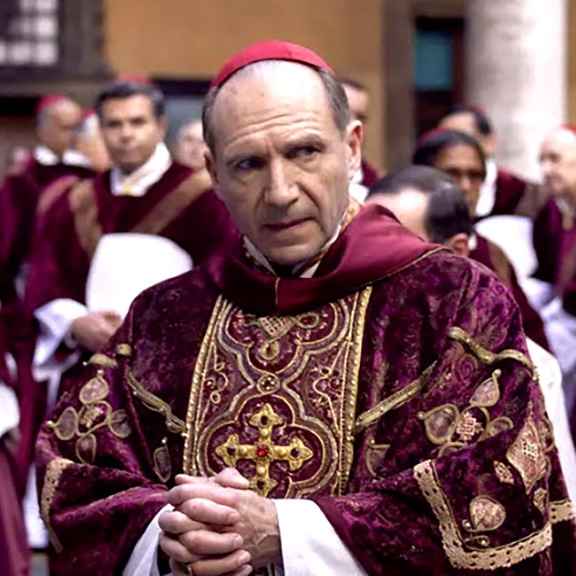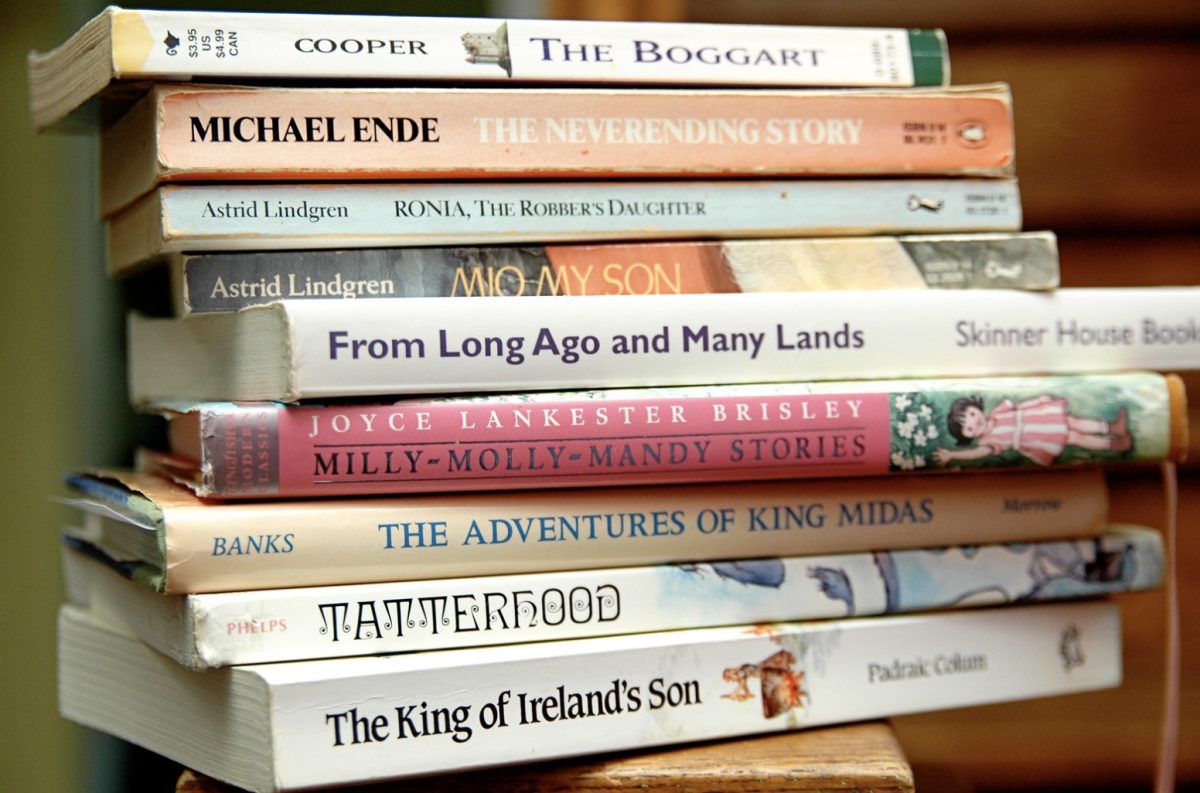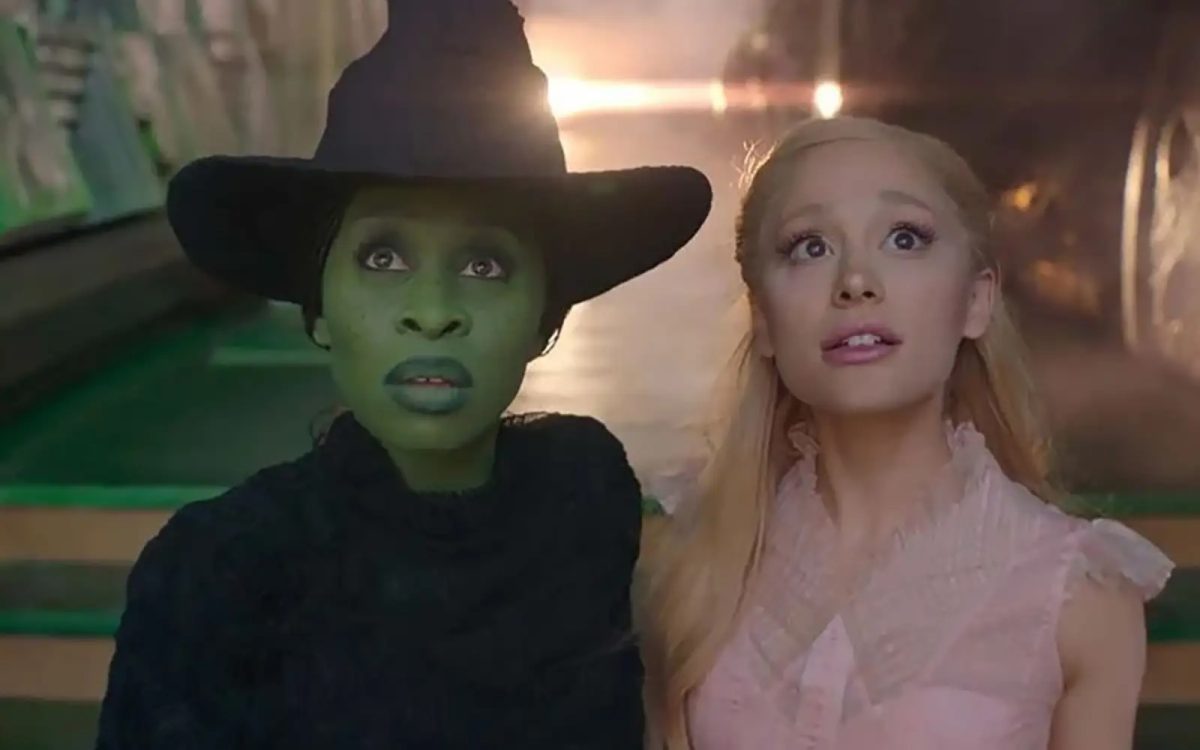60 years after its release, the hills are still alive with “The Sound of Music.” As soon as someone sings the notes Do, Re, and Mi our minds immediately drift to Maria’s performance of “Do-Re-Mi.” For many, myself included, “The Sound of Music” is a timeless favorite.
For kids around the world, “The Sound of Music” is the epitome of a classic movie. To celebrate its 60th anniversary, the Walt Disney Film Restoration team is working on an enhanced 4K film, live music specials will be performed and exclusive exhibitions will be open to the public. Yet after six decades, a question remains: What makes “The Sound of Music” so beloved to generations of viewers?
The film was produced with a large budget for the time — around $9 million — and it was an instant hit. After its 1965 release, the movie grossed $100 million at the box office, but its success did not stop there. At the 1965 Oscar Awards, the movie won five Oscars, including Best Picture. “The Sound of Music” quickly dethroned “Gone With the Wind” as the all-time box-office champion in nominal dollars where it stayed at the top of the list until “The Godfather” came along in 1972, seven years later. Soon after, it opened as a musical, and it continues to be performed on stage today. In 1979, “The Sound of Music” became one of the first-ever movies released on home video, leading to the film hitting the Billboard Top 40 video sales chart, where it remained for over 300 weeks.
Despite the movie’s immense success, “The Sound of Music” faced challenges both during filming and after its release. Julie Andrews was initially not the preferred actress to play Maria. In 1964, Andrews starred as Mary Poppins; many worried that her prior performance would overshadow “The Sound of Music.” Director Robert Wise felt the film was too sentimental, and Christopher Plummer, the actor of Captain von Trapp, famously called it “The Sound of Mucus.” After the movie hit the theaters, Pauline Kael, a woman who would become a renowned film critic of her era, criticized the film as “the sugar-coated lie that people seem to want to eat.” Joan Didion, a journalist and author, called the movie “more embarrassing than most.”
For modern-day critics, the movie continues to disappoint, as it did not age well and fails to accurately reflect the von Trapp family’s story. Although the musical numbers seem innocent as children, some of the songs are outdated. For example, the lyrics of “Sixteen Going on Seventeen” state that, because Liesl is beginning to grow into womanhood, she needs Rolf to guide her and protect her from other men. Liesl calls herself “timid and shy and scared” and sings the lines, “I need someone older and wiser telling me what to do.” Although in the 1930s, when the film takes place, this kind of masculine control over females was socially acceptable, many critics still argue that “Sixteen Going on Seventeen” is overly patriarchal and sexual.
Another point of criticism is the movie’s historical inaccuracy. “The Sound of Music” is loosely based on the Austrian von Trapp family; however, the production team drastically altered many details. For example, Maria and the captain were married for years before the family left, and their journey was much less perilous; they merely boarded a train at a station behind their property instead of climbing the Alps.
Despite the movie’s numerous flaws, failures and challenges, why does “The Sound of Music” continue to be one of our favorite things? It is important to consider why the movie was so popular in 1965. At a time so recently after World War II, hundreds of new movies concerned the war. Instead of being violent and bloody, “The Sound of Music” was wholesome and peaceful, changing the climate of war movies. This aspect allowed audiences to connect to the story and the characters more because it had a happy ending and something to root for: love. Audiences adore movies with romance, which “The Sound of Music” had while remaining politically relevant and educational. The movie is truly a family film. There is something in it for everyone: an educational aspect, politics, lighthearted music and amazing dance numbers. Its themes also remain important today.
“The Sound of Music” demonstrates how adapting to change is necessary and can also bring good. Maria comes to the von Trapp family as a complete stranger; initially, the children dislike her because she is new. After the children get to know her, Maria becomes the “heart” of the family and essentially a mother to the kids.
Additionally, the movie demonstrates the importance of standing up for personal beliefs. As an Australian who served alongside Germans in WWI, Captain von Trapp was expected to comply with the Nazis. Instead, since he no longer believed in the Nazis’ mission; he took action against them. Both of these themes can be applied to life in 2025, where it is increasingly important to stand steadfast in one’s beliefs and learn to accept change.
“The Sound of Music” has a complicated story, but it should still be appreciated. 60 years later the film is still a childhood delight. It is because of the catchy songs and important themes that it is clear that “The Sound of Music” will not be saying, “So Long, Farewell,” any time soon.



















